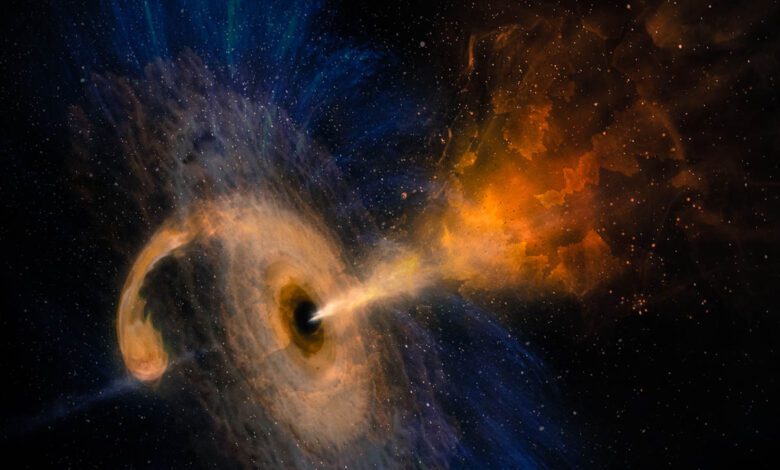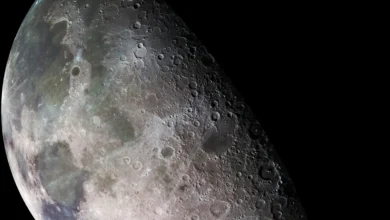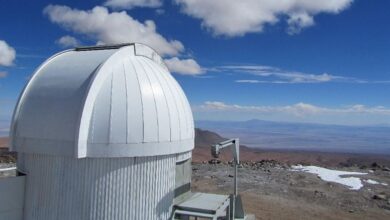Scientists discover massive black hole which is 30 billion times the size of the sun
The discovery was made by team of astronomers at Durham University lead by Dr James Nightingale at Durham University.

A team of astronomers are said to have discovered the largest known black hole in the universe. The black hole which has been discovered is massive that it is being called a ultramassive black hole as opposed to the usual supermassive black holes. This black hole is gigantic that it is said that it can fit almost 30 billion suns in it.
This black hole was actually discovered by fluke and in a completely different method. The technique used to discover this black hole is called gravitational lensing, through which they used a galaxy nearer than the other one as a magnifying glass to observe the galaxy further away in the background. Gravity in this method bends the light around extremely massive objects. Gravitational lensing is like a natural magnifying lens which astronomers use frequently to observe extremely distant objects that human-made telescopes can’t view.
The black hole is located in the centre of one of the galaxies in the Abell 1201 galaxy cluster which is hundreds of millions of lightyears away from Earth.
“This particular black hole, which is roughly 30 billion times the mass of our sun, is one of the biggest ever detected and on the upper limit of how large we believe black holes can theoretically become, so it is an extremely exciting discovery,” James Nightingale, an astrophysicist at Durham University in the UK and lead author of the new study, said in a statement.
The discovery and the size of the black hole was confirmed by the Hubble telescope and scientists say that this black hole isn’t active and isn’t swallowing up a lot of material and also is not producing strong X-ray radiations.
“Most of the biggest black holes that we know about are in an active state, where matter pulled in close to the black hole heats up and releases energy in the form of light, X-rays, and other radiation,” Nightingale said. “However, gravitational lensing makes it possible to study inactive black holes, something not currently possible in distant galaxies. This approach could let us detect many more black holes beyond our local universe and reveal how these exotic objects evolved further back in cosmic time.”



